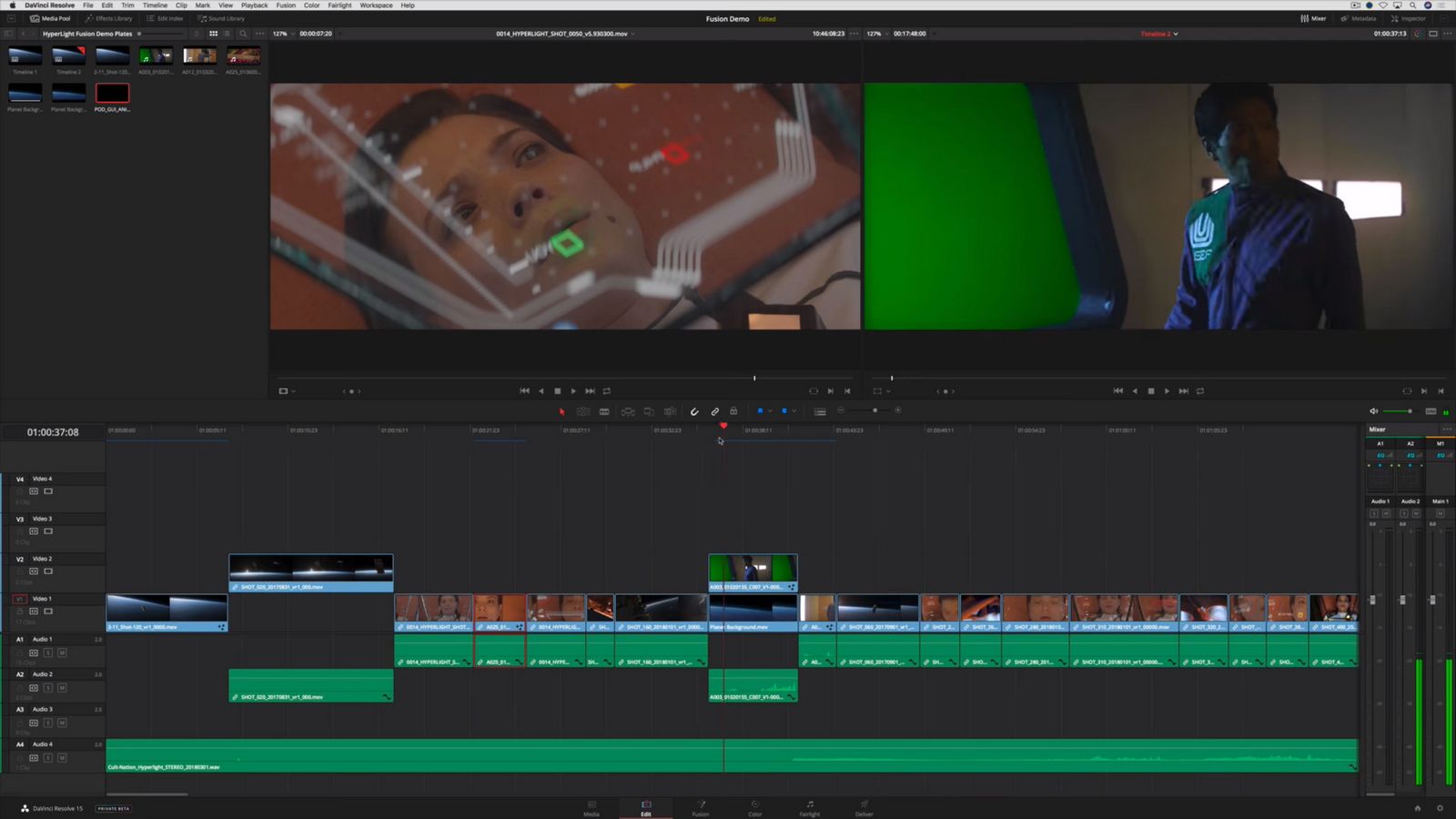


The LUT was exported as a Panasonic VLUT and saved as a. These could be from the Panasonic Varicam LUT Library or from a third party LUT maker – or, you could make your own. There are four additional spaces on the in-camera LUT list so that users can load their own. By default Lumix cameras come with the Vlog_709 LUT that converts Panasonic’s V-Log footage to the industry standard Rec 709 for viewing on the rear screen, in the EVF and via an HDMI-connected monitor. When you record in V-Log or V-Log-L with a Lumix camera you have the option to either view what you are recording in the V-Log profile on screen or to use what’s called V-Log View Assist to pass the preview through an in-camera LUT to make the footage easier to view. There is also a host of other independent LUT makers who offer a collection of free and paid-for LUTs that you can use when grading your V-Log and V-Log-L footage.

Panasonic offers its users a library of free LUTs that are designed to be used with cameras that can record in V-Log and V-Log-L Photo Styles, and which convert the very flat and low-colour-saturation footage into a finished product that looks good. Some technical LUTs are used to convert Log footage to industry standard profiles while other LUTs are designed to create atmosphere and mood in your movie.įor a LUT to be effective it needs to know what colours it is starting with, so LUTs tend to be designed for specific camera brands and defined standards. Like the pre-sets you can load into Adobe Lightroom, LUTs add colour and contrast shifts to video to give the footage a certain look or style. Look Up Tables, or LUTs, are mini colour and contrast profiles that are created to make grading video footage much easier. Making your own in-camera LUTs is easier than you might think, and allows you to preview your final look while shooting, says Damien Demolder


 0 kommentar(er)
0 kommentar(er)
